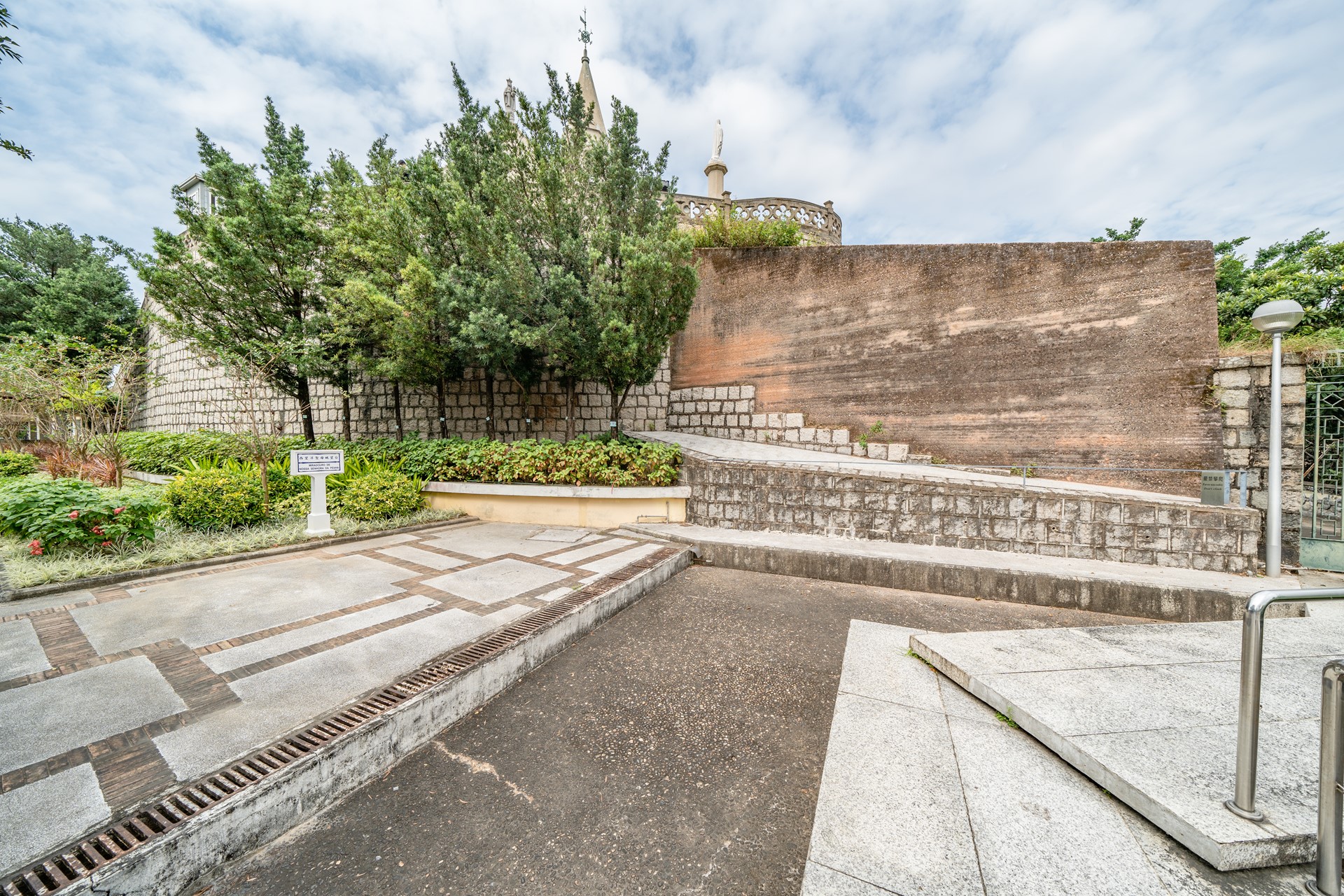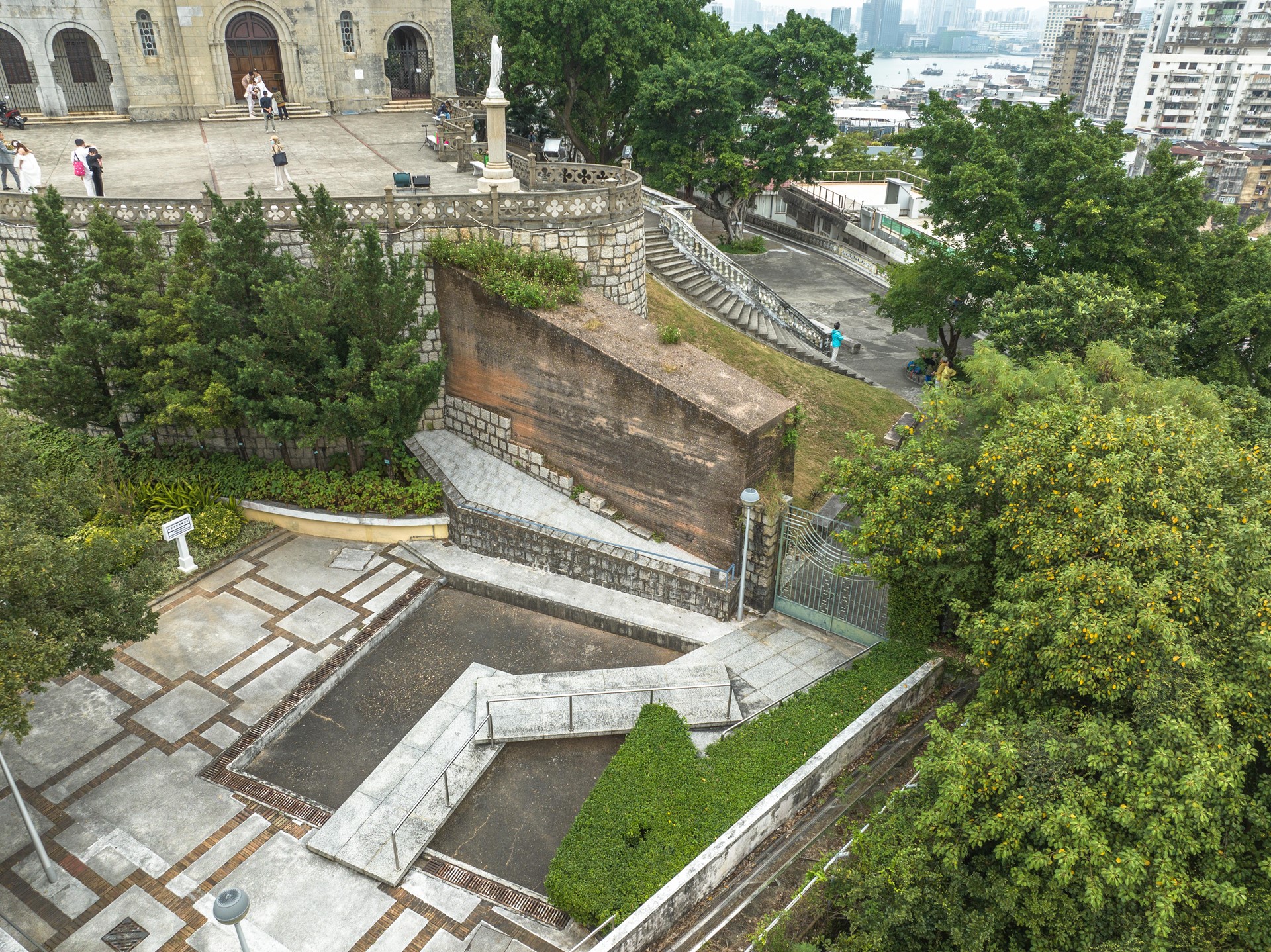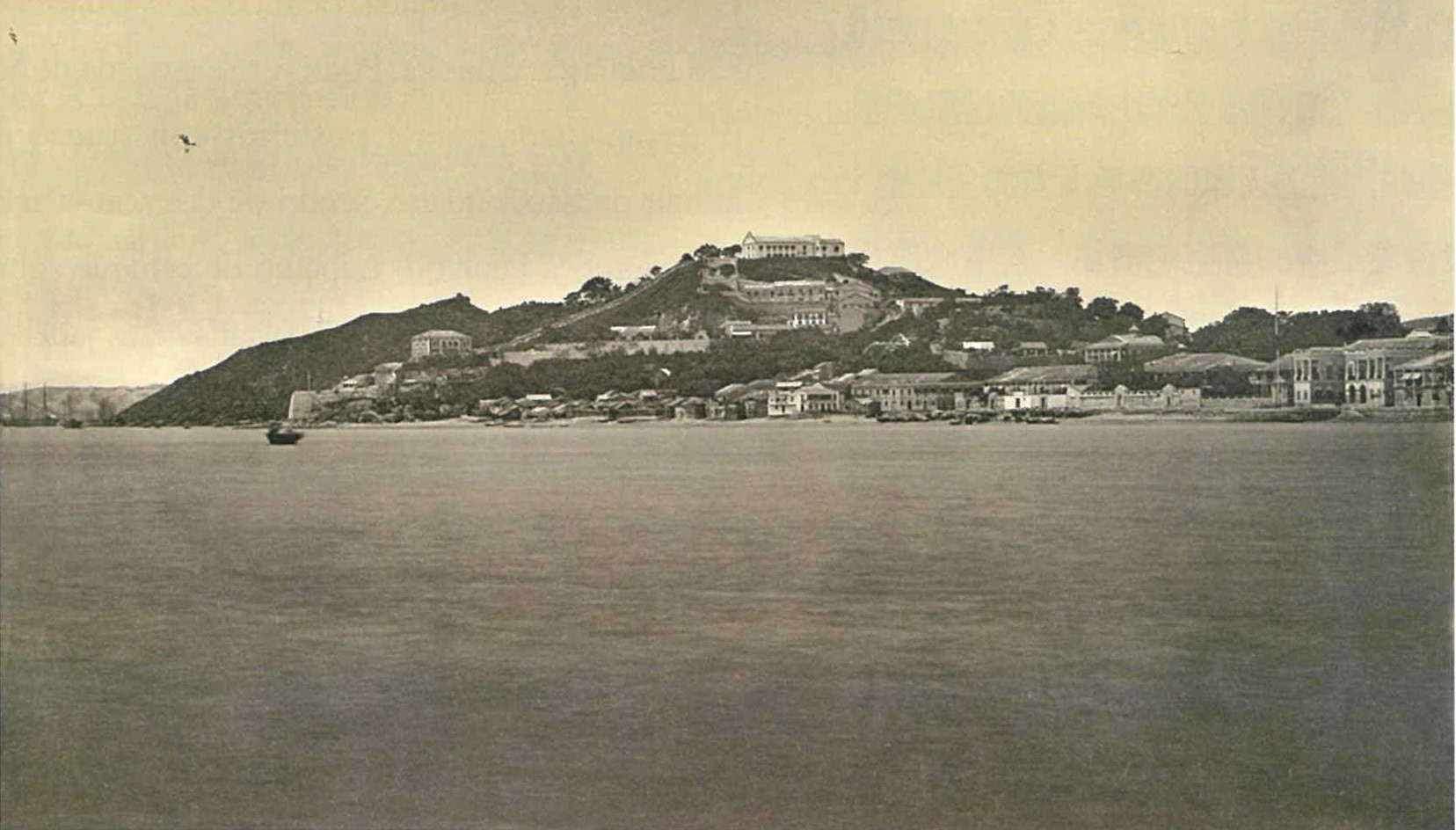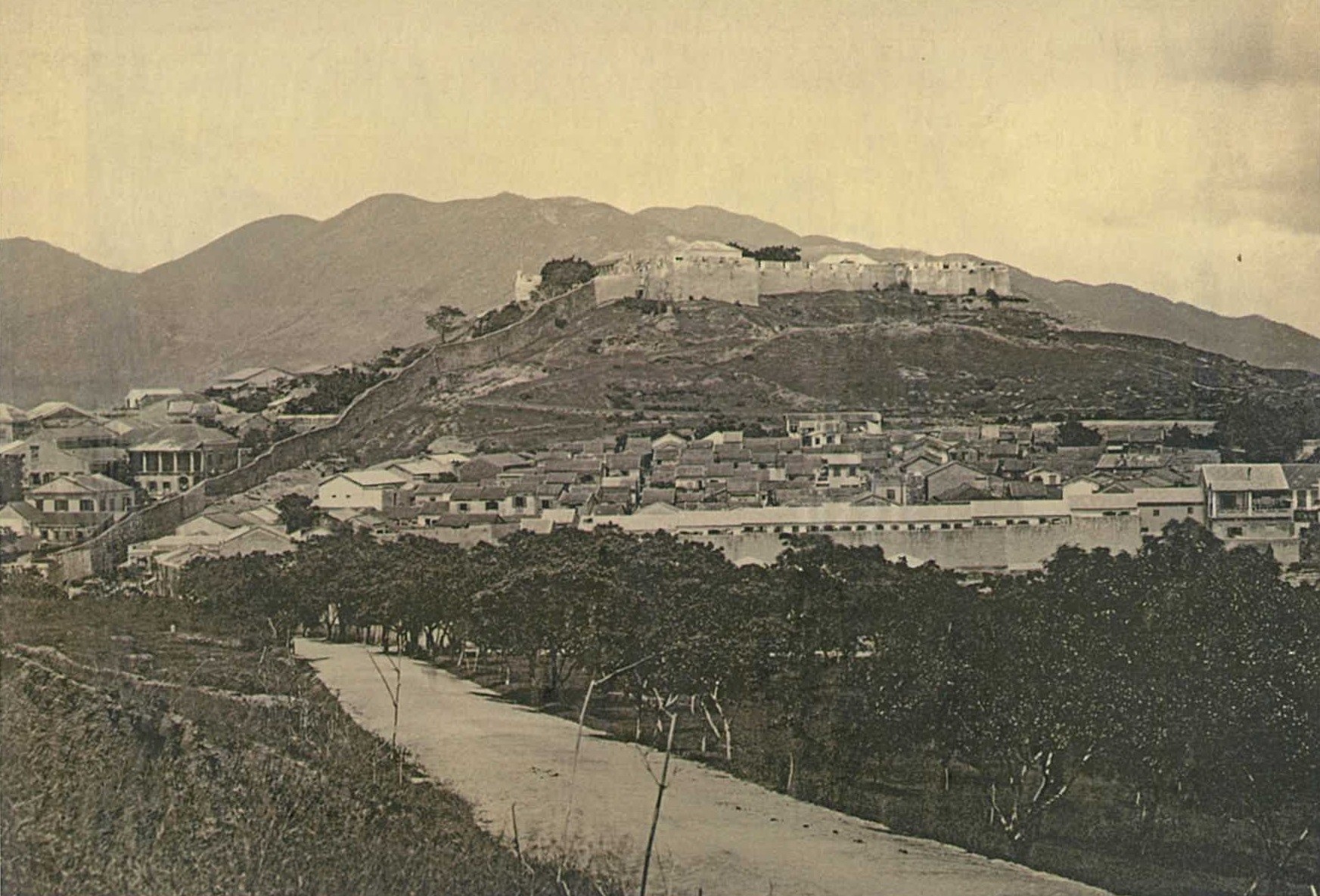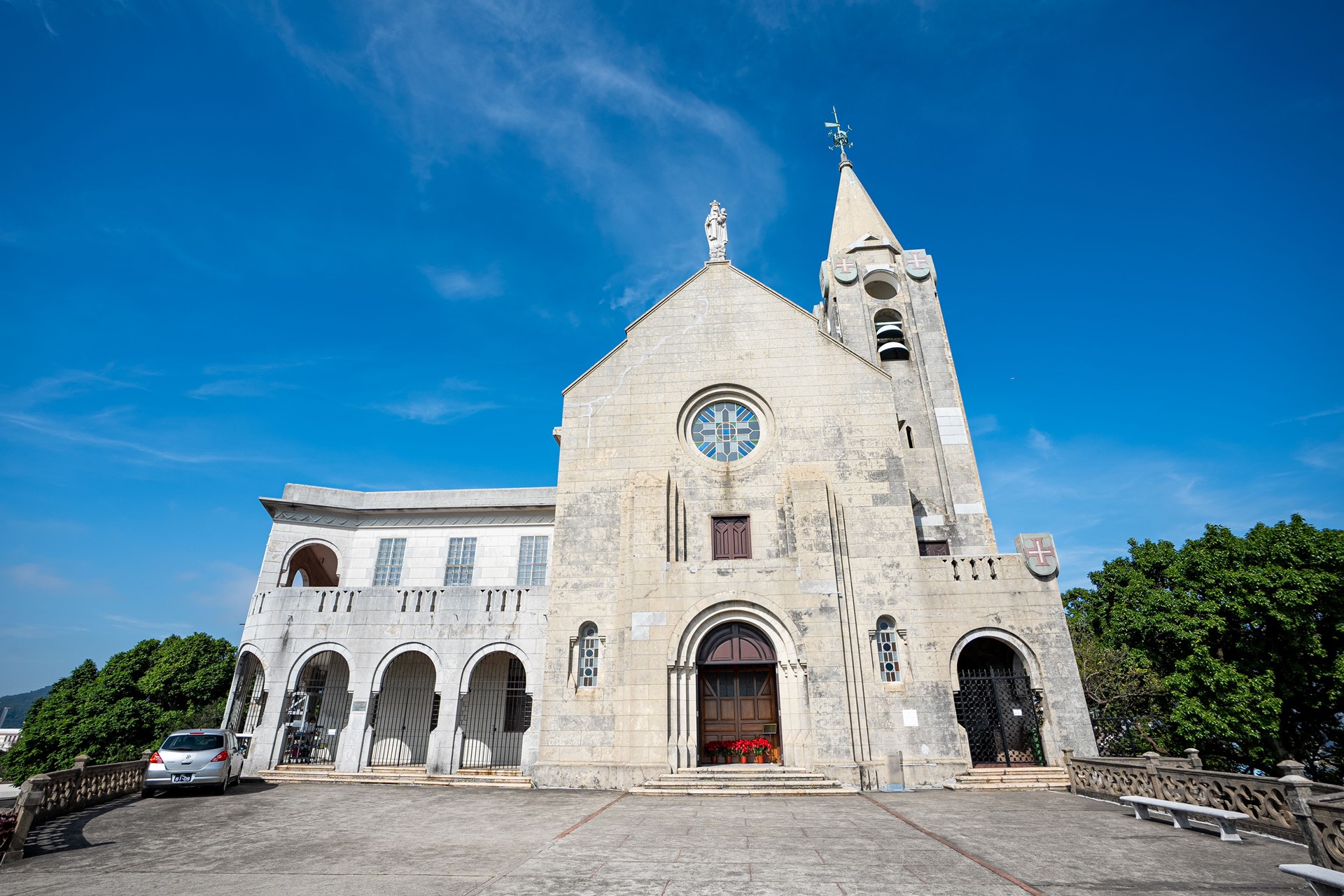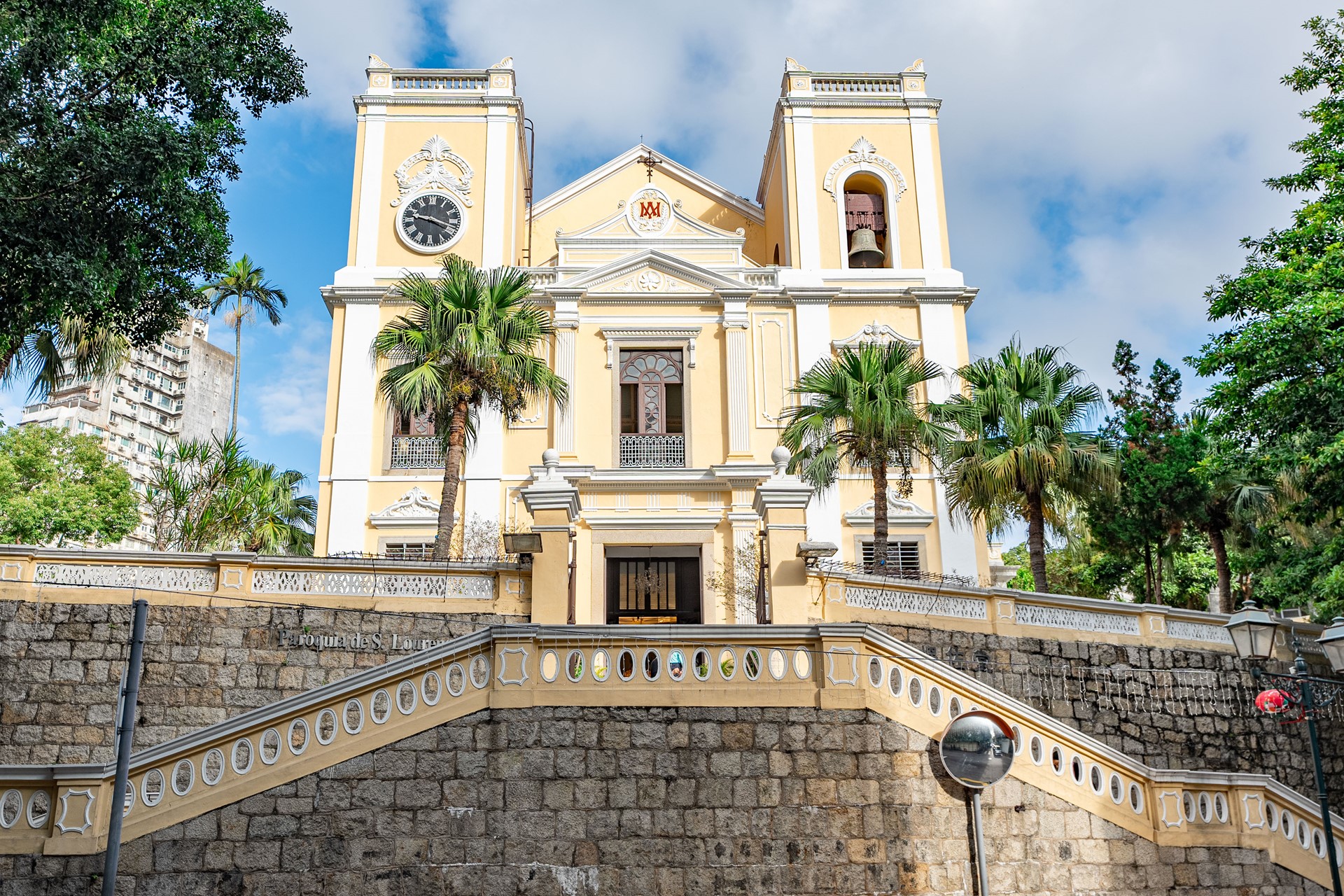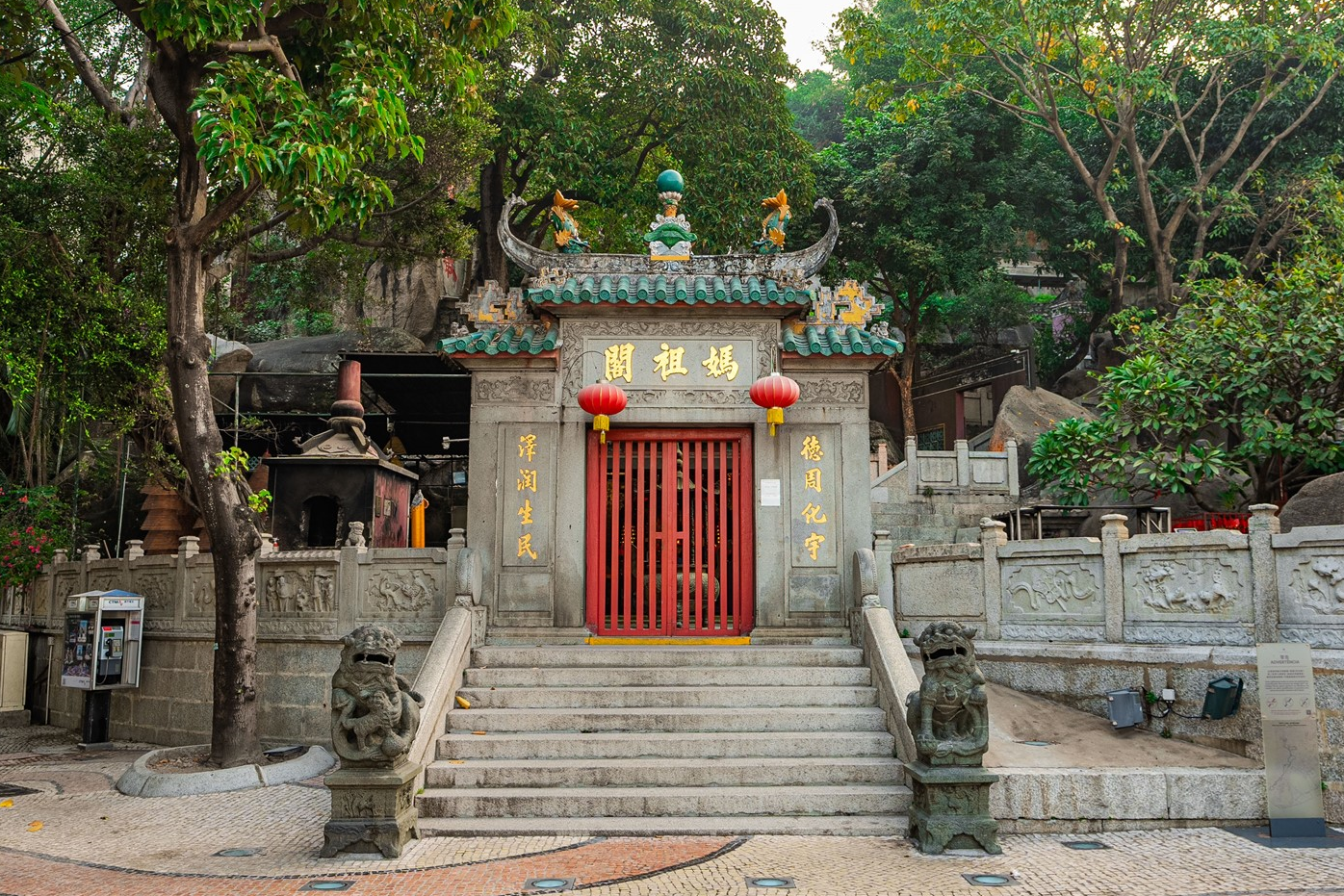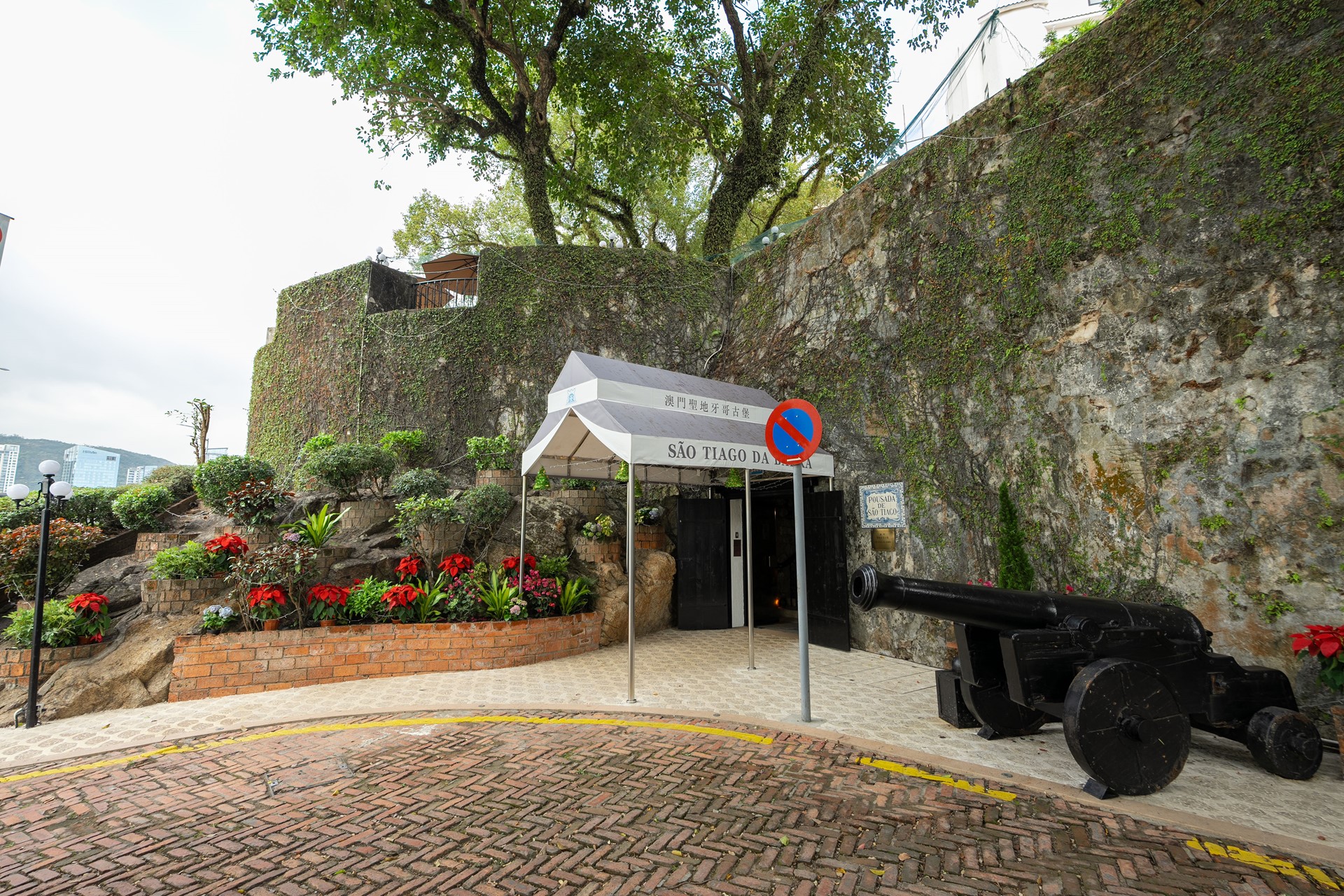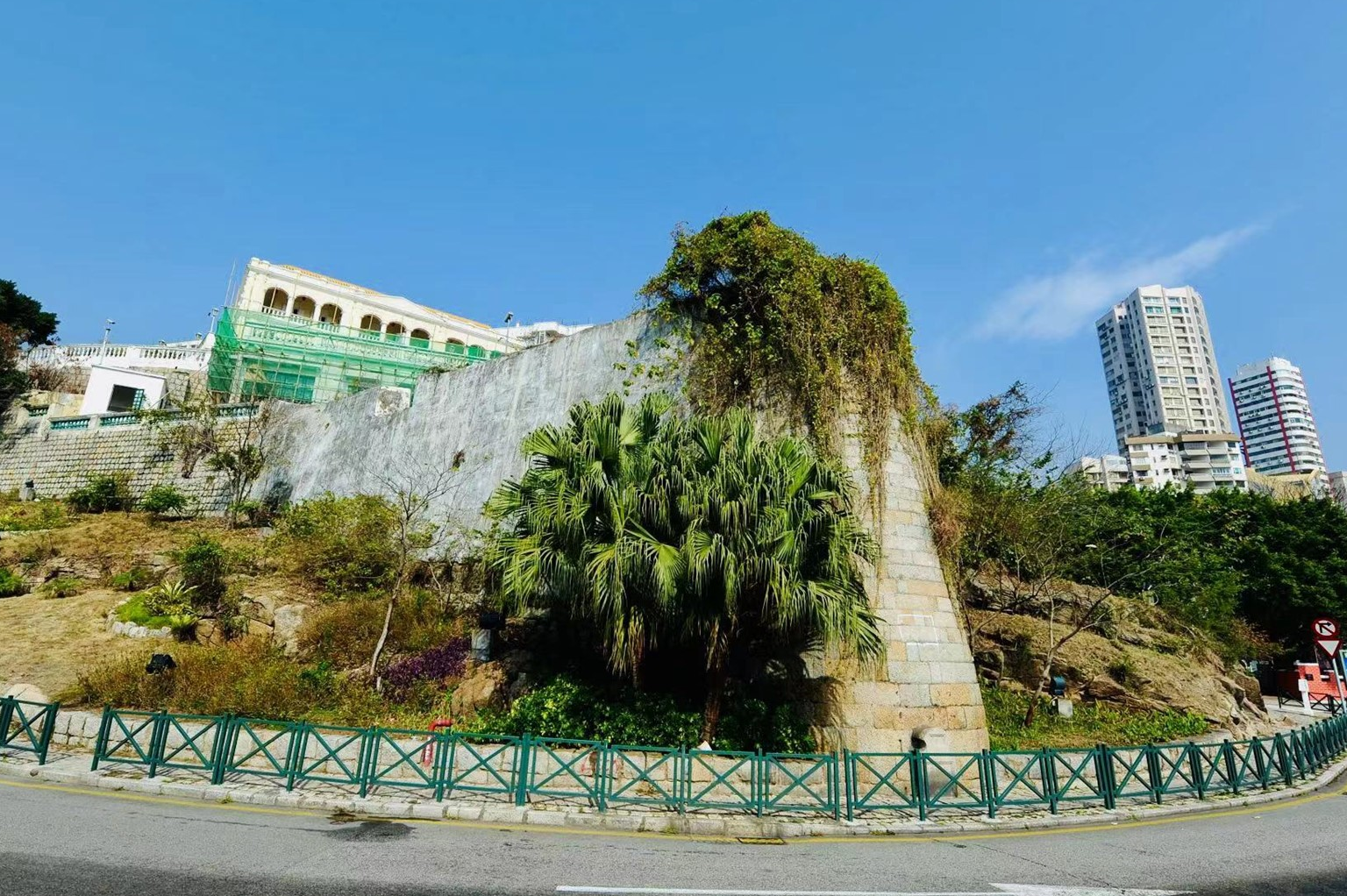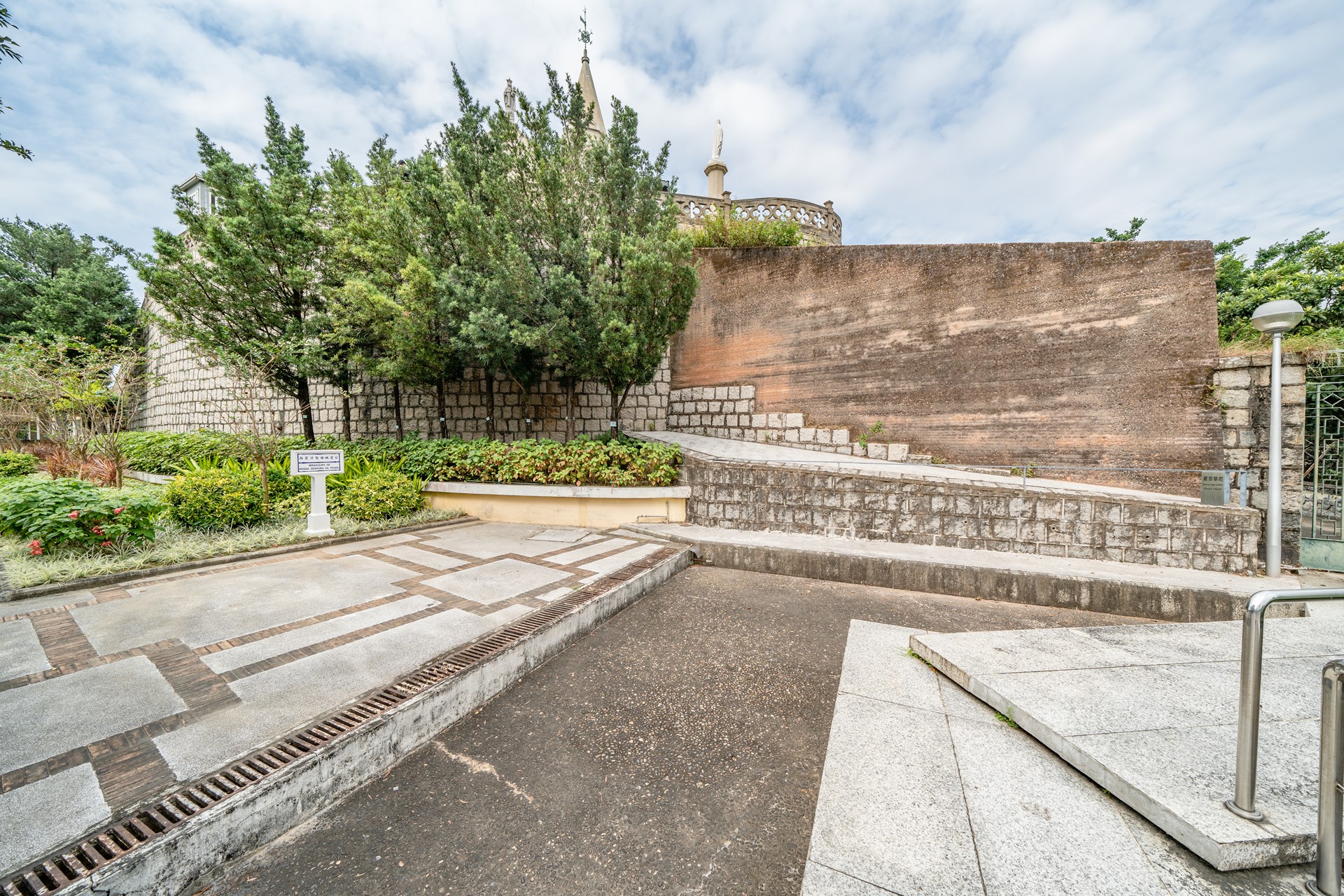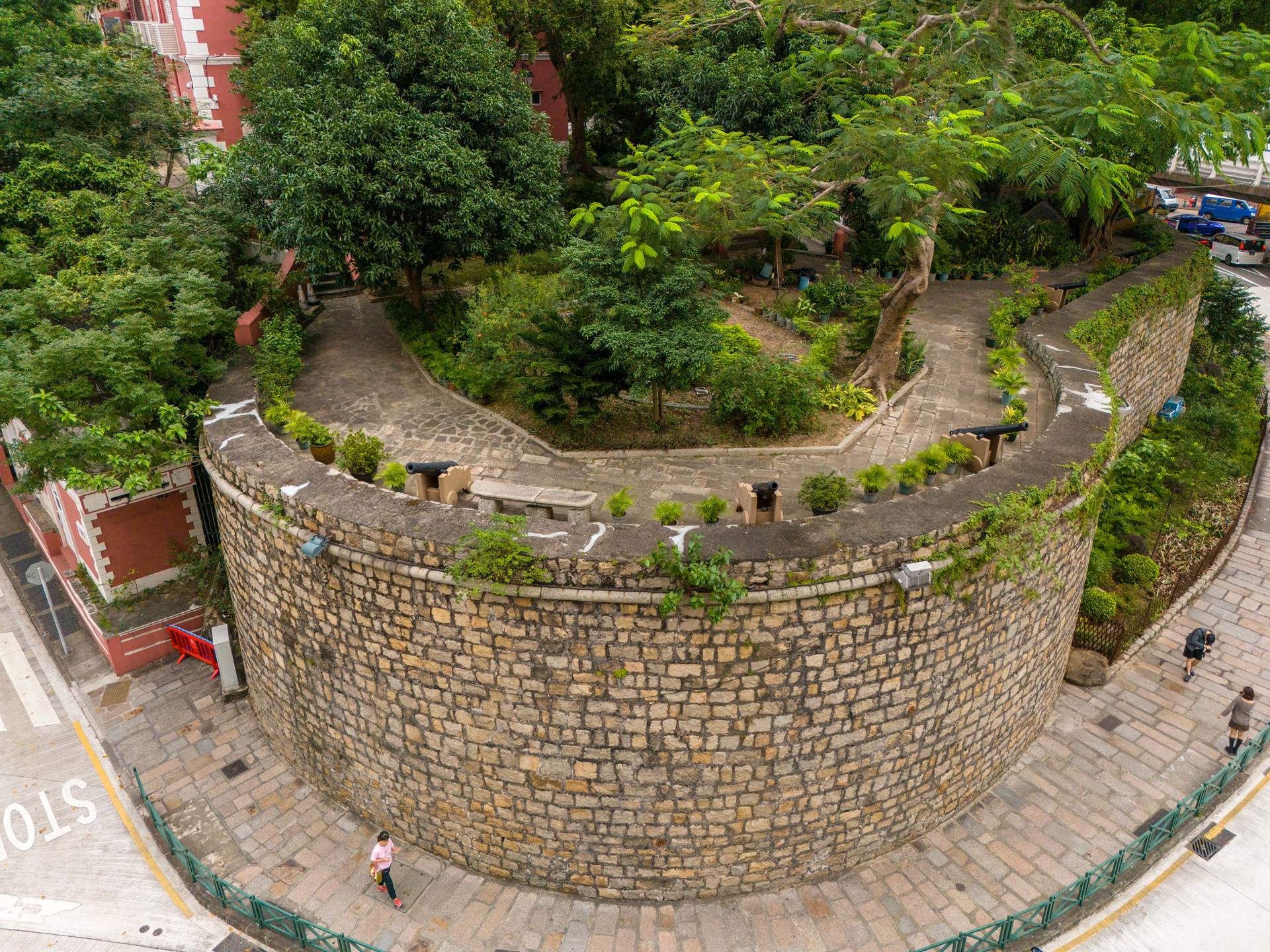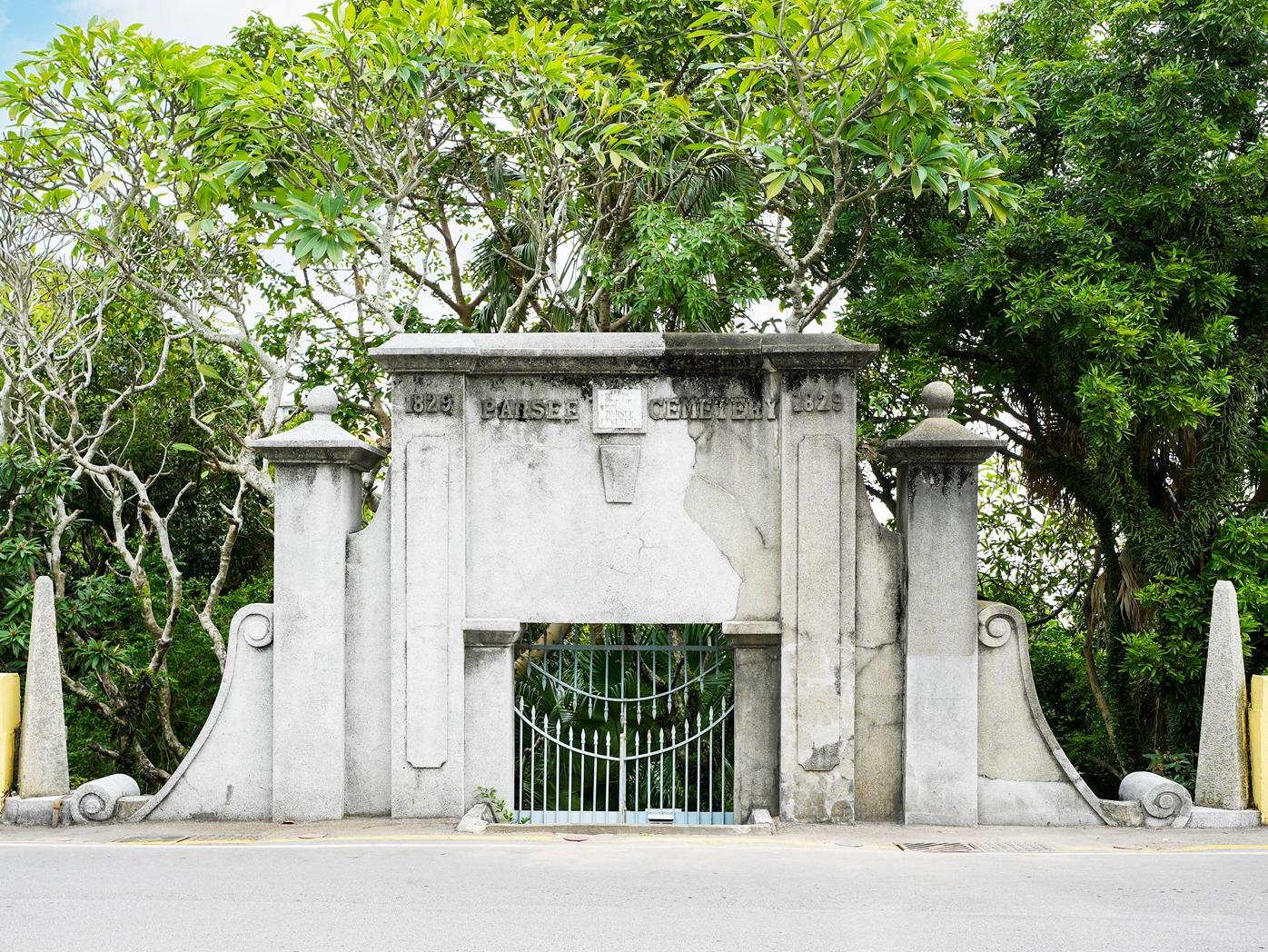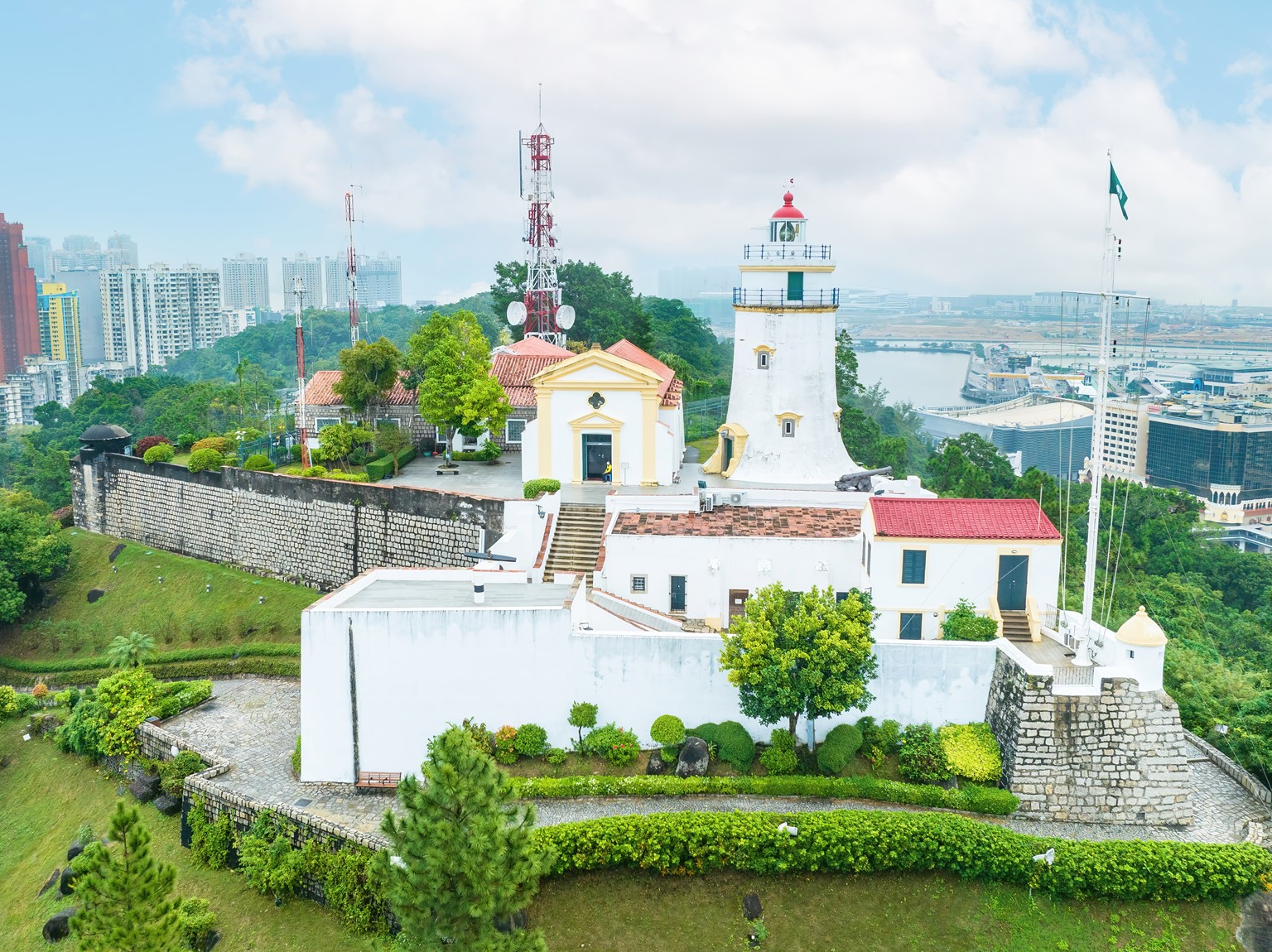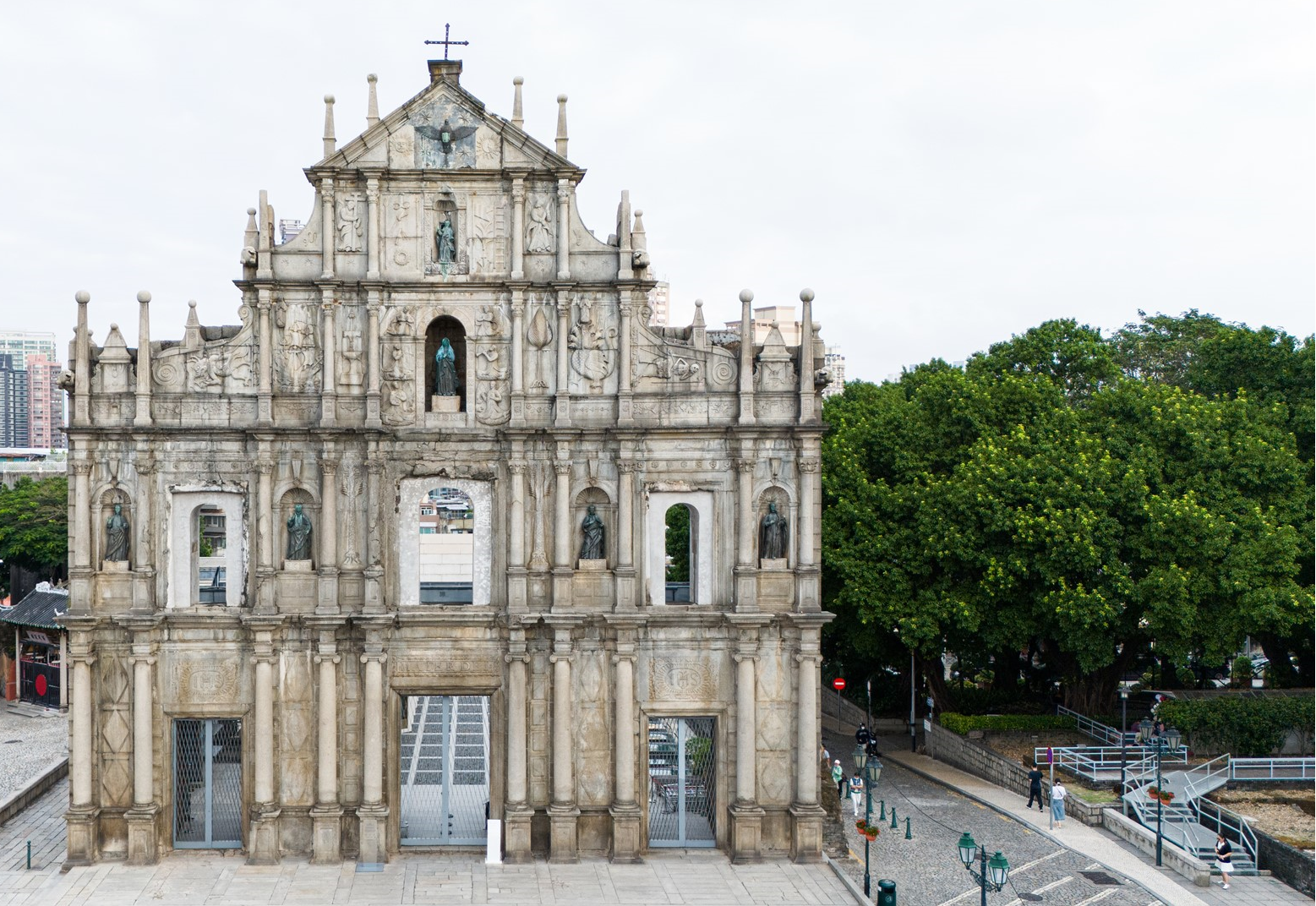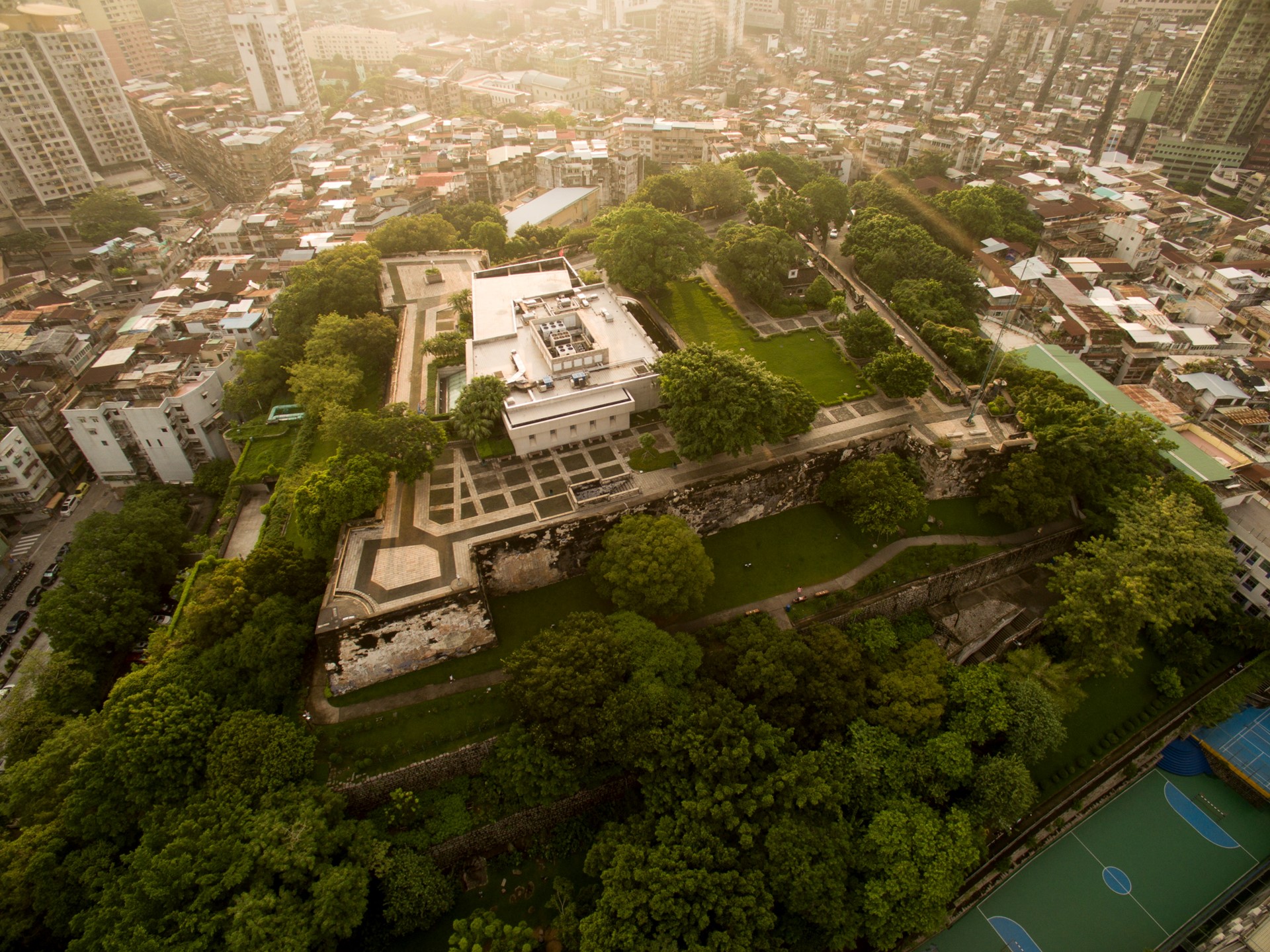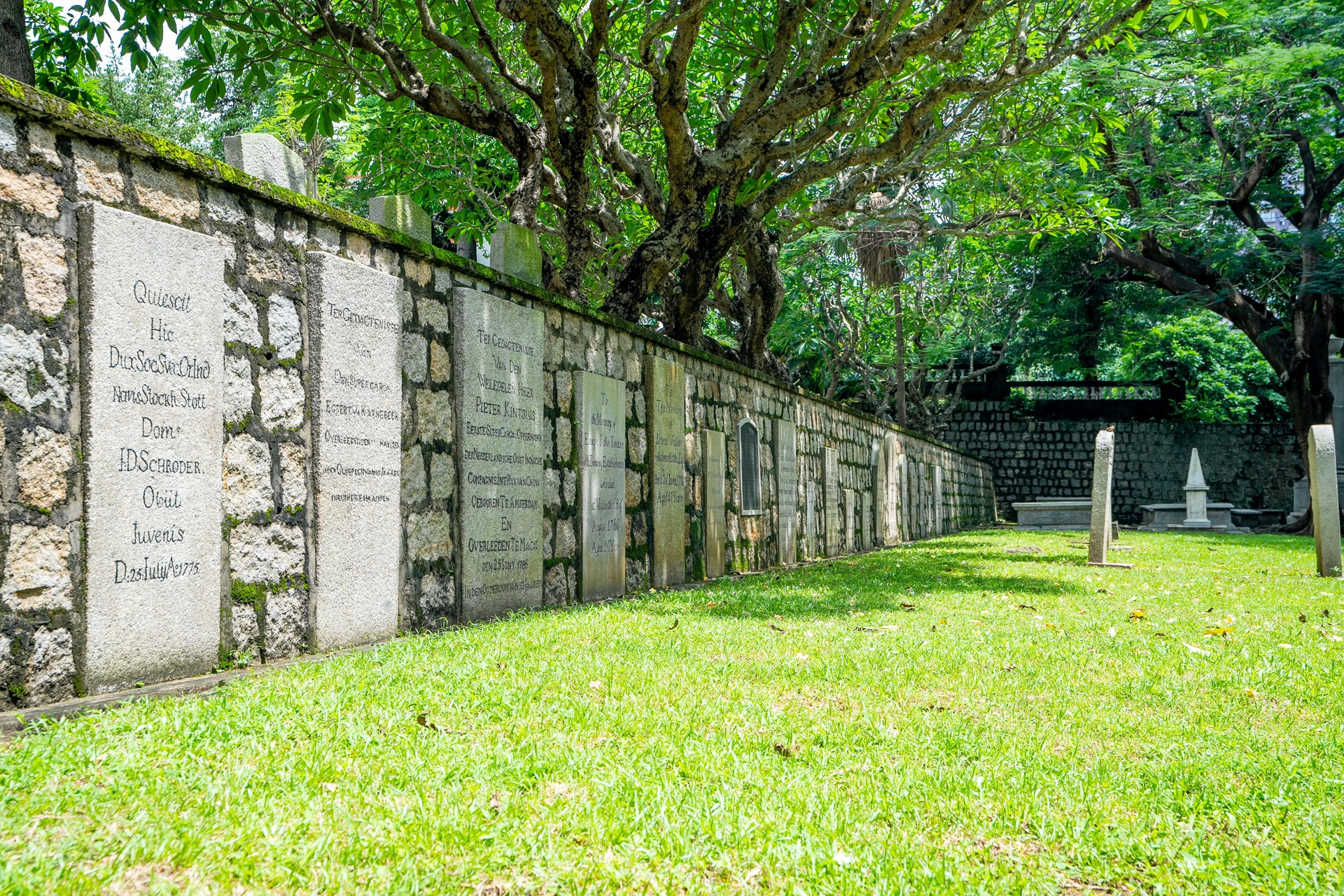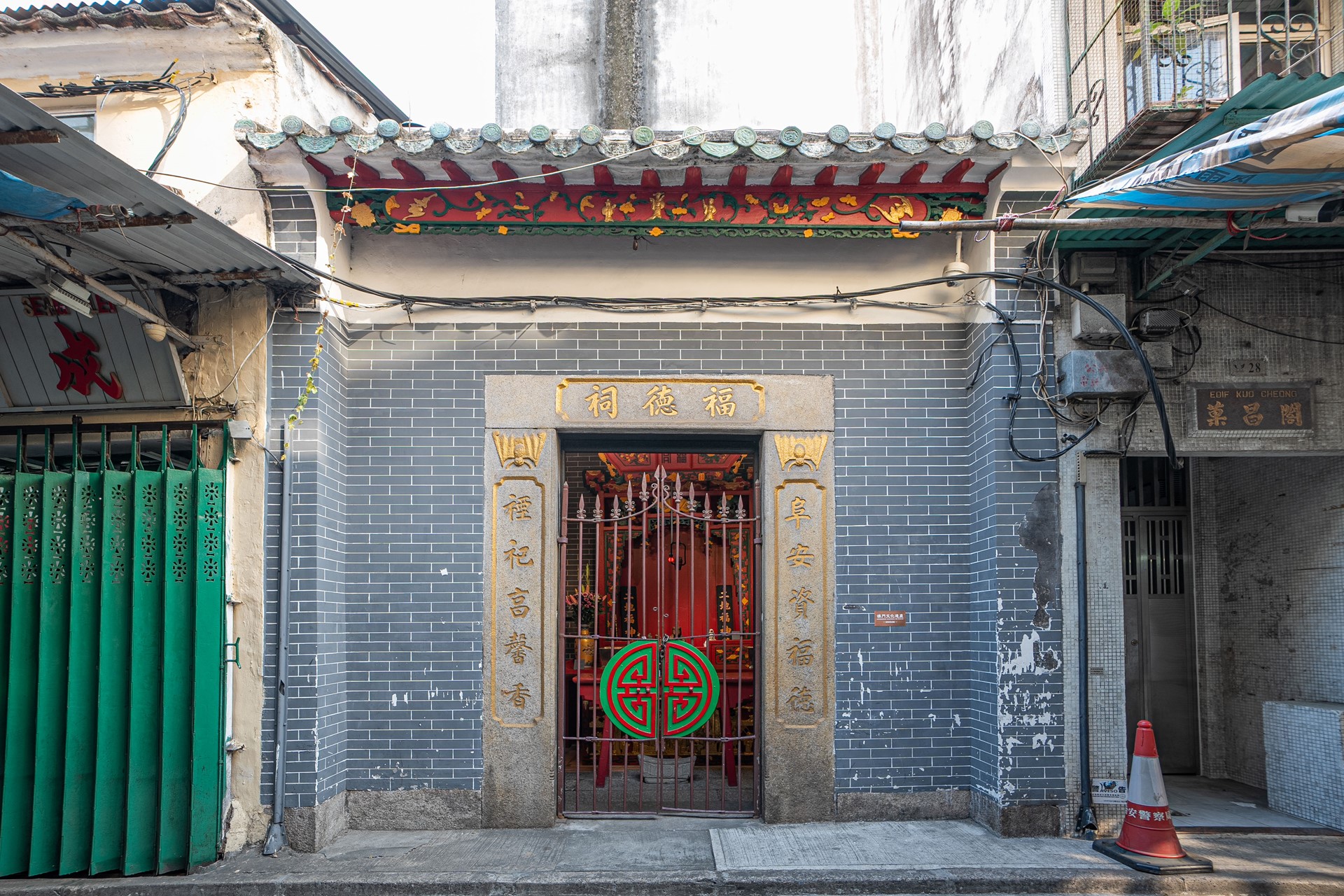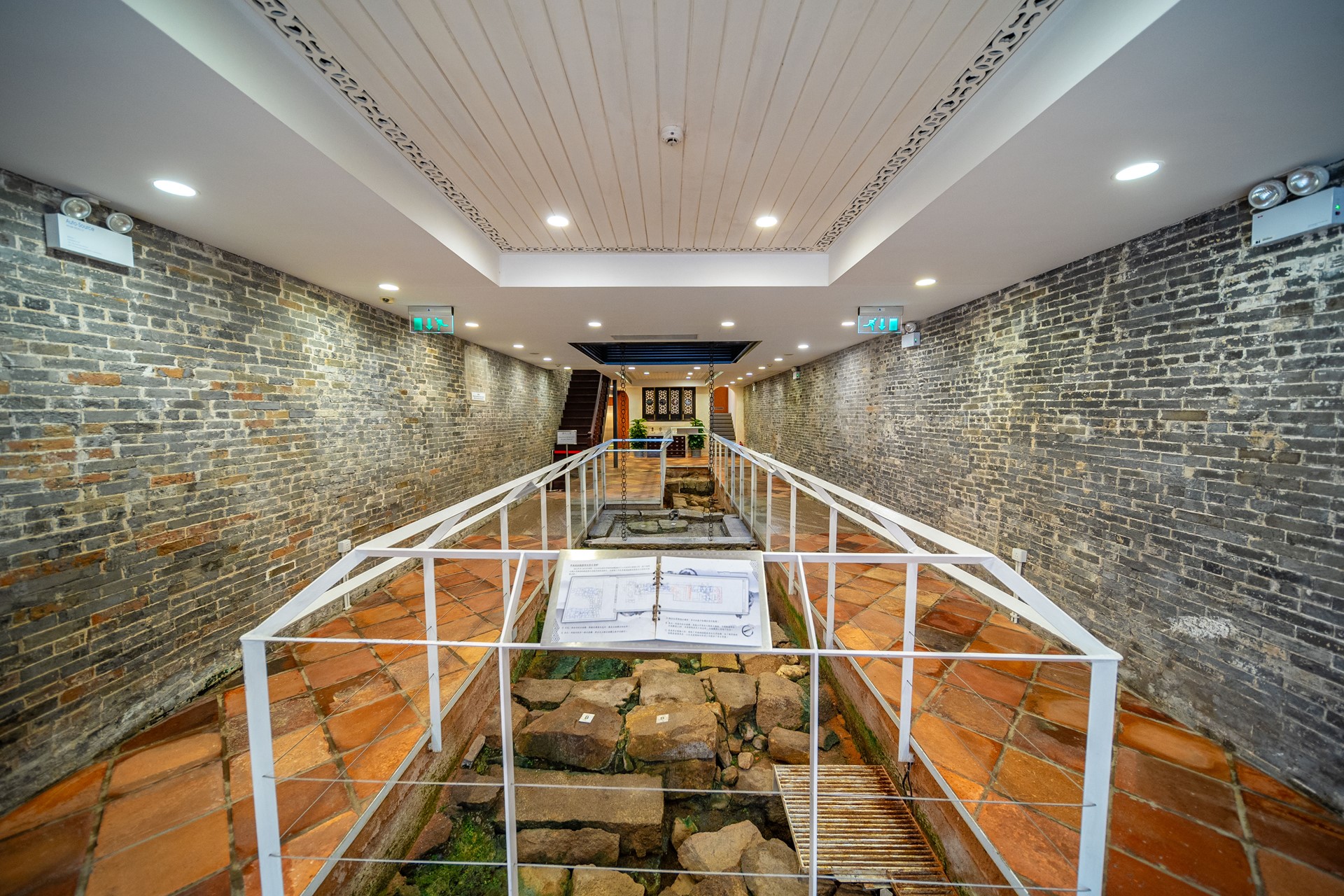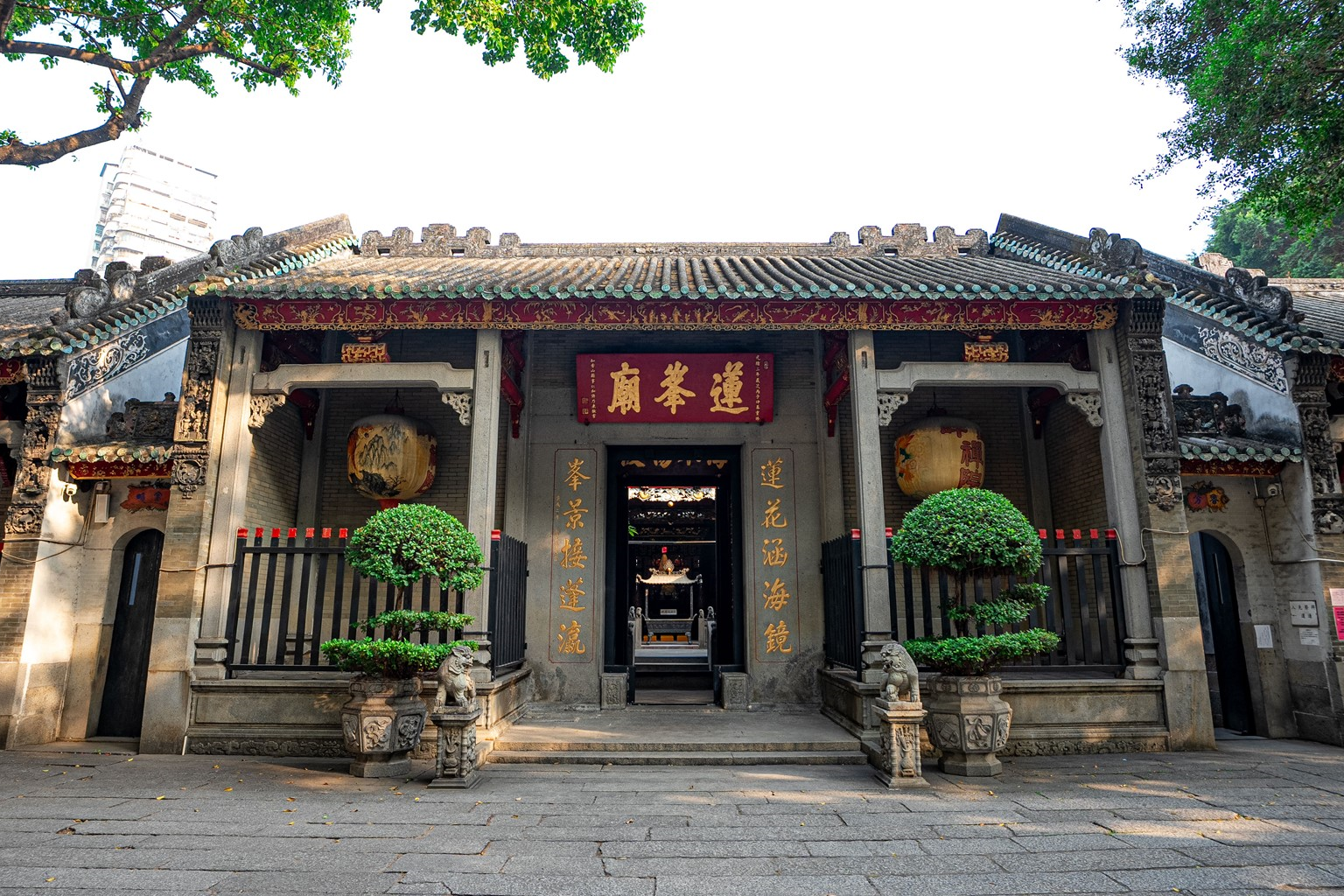Macao's old city walls were built in the 16th century, after the Portuguese settlement, to ward off pirates and potential invasions. Certain archival documents show that the construction of the walls dates back to 1568, followed by another large-scale construction phase in 1623, at the time when D. Francisco de Mascarenhas served as the first governor of Macao. The network and scale of the old walls were roughly established then, and there were no major changes until the mid-19th century, when the walls were mostly demolished in view of gradual urban development needs. The early Portuguese residential areas in Macao were mostly developed within the old city walls.
The coastal defense system built by the Portuguese was based on a set of forts, connected by defensive walls, on hilly terrain. It approximately enclosed the southern part of the Macao Peninsula, with Mount Fortress at its heart, stretching east-west to connect with the Gate of S. António (demolished) in the west, and to the São João Bulwark (demolished) and the São Januário Fortlet (demolished) in the east, following down alongside the coast and along the hillside to reach St. Francis Fort. Another section centered around Penha Fort, stretching east towards Bom Parto Fortress, guarding the southern part of the Macao Peninsula. Along with the section to the west of Ruins of St. Paul’s, there are three other relatively well-preserved sections, namely those near Estrada de S. Francisco, Estrada do Visconde de S. Januário, and nearby the Chapel of Our Lady of Penha, which are shown on a map dated 1635.
The old city walls were an important military defense project in the history of Macao and they played a key role in protecting the city for a long period of time. While being principal structures at the core of Macao’s old coastal defense system, the layout and architecture of these defense walls provides tangible information of the Portuguese military culture and their philosophy of city-building back then. They were also a major urban development project, helping to define the boundary of the early Portuguese districts, with profound impact on the evolution of Macao's urban landscape.
A thriving business environment depends greatly on security conditions. In this context, Macao was long regarded as a “safe harbour” due to its comprehensive coastal defense system, which safeguarded ship traffic and cargo trade, and thus greatly promoted the development of the Maritime Silk Road in the region. Coastal defense was crucial to the success of the Maritime Silk Road, guaranteeing the security and stability in the region, which was essential for Macao’s trade and connection with neighbouring countries and regions.
